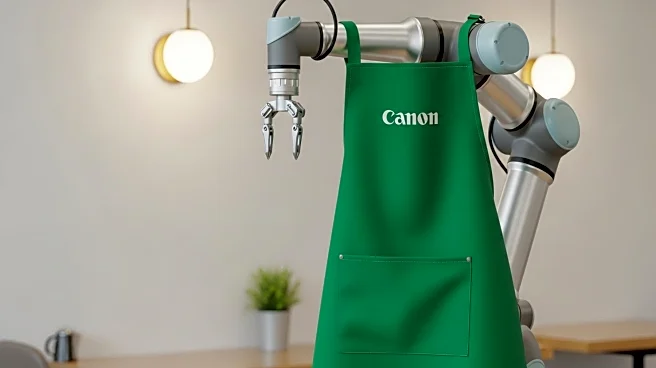What's Happening?
Despite ongoing efforts by companies like Starbucks, Paramount, and Microsoft to enforce return-to-office (RTO) policies, remote work remains prevalent among U.S. workers. According to Nick Bloom, a Stanford professor, about 25% of workdays are spent at home, a figure unchanged since spring 2023. This trend persists even as the labor market tightens and employers push for more in-office presence. Many employees are finding ways to maintain flexibility, such as 'coffee badging'—brief office visits to show presence—and 'micro-shifting,' which involves working in short, non-linear blocks. The demand for remote and hybrid roles continues, albeit at a reduced rate compared to previous years.
Why It's Important?
The persistence of remote work highlights a significant shift in workplace dynamics, affecting hiring practices and employee retention. Companies offering remote and hybrid roles can attract talent from 'talent deserts,' areas with fewer skilled workers. However, the gap between employer mandates and employee compliance suggests a potential disconnect that could impact productivity and workplace culture. As businesses navigate these changes, they must balance the benefits of remote work with the need for in-person collaboration and oversight.
What's Next?
As remote work continues to be a preferred option for many employees, companies may need to reassess their RTO policies to accommodate worker preferences and improve retention. This could involve redefining hybrid work models or enhancing remote work infrastructure. Additionally, businesses might explore new strategies to measure productivity and engagement in a remote setting, ensuring that performance standards are met without compromising employee satisfaction.
Beyond the Headlines
The ongoing debate over remote work versus in-office mandates raises questions about the future of workplace culture and employee autonomy. As companies adapt to these changes, they may need to consider the long-term implications for organizational structure, leadership styles, and employee well-being. The evolution of work environments could also influence broader societal trends, such as urban planning and transportation.










